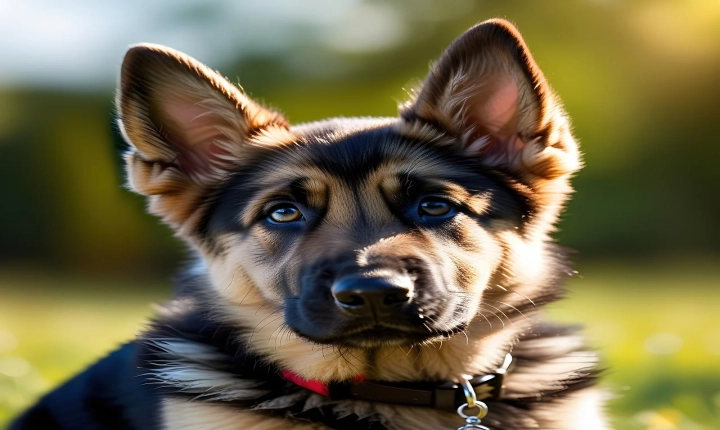Title: Enhancing Image Quality with AI: A Guide to Improved Visual Content
In today’s digital age, visual content plays a critical role in capturing audience attention and conveying powerful messages. Whether it is for marketing, photography, or art, the quality of images can make a significant impact on how they are perceived. With the advancements in artificial intelligence (AI) and machine learning, it has become possible to enhance image quality and take visual content to the next level. In this article, we will explore how AI can be leveraged to improve image quality and discuss some strategies to effectively utilize this technology.
Understanding AI Image Enhancement
AI-driven image enhancement involves using sophisticated algorithms to analyze and improve the quality of digital images. These algorithms can address various aspects of image quality, such as resolution, sharpness, color accuracy, and noise reduction. By leveraging AI, it becomes possible to enhance images in ways that were previously challenging or time-consuming to achieve manually.
AI algorithms are trained on massive datasets of images, allowing them to learn and understand patterns associated with high-quality visuals. This enables AI to automatically make adjustments to images, including resizing, sharpening, and color correction, based on the specific needs of the content.
Strategies for Improving Image Quality with AI
1. Upscaling and Super-Resolution: One of the significant challenges in digital imaging is maintaining image quality when upscaling or enlarging images. AI-driven super-resolution techniques can effectively enhance image resolution and detail by analyzing and extrapolating image patterns. Tools like Topaz Labs’ Gigapixel AI and Adobe’s Super Resolution feature in Photoshop leverage AI to enhance image resolution without sacrificing quality.
2. Noise Reduction: Noise, such as graininess or visual artifacts, can detract from the overall quality of an image. AI-powered denoising algorithms, like those found in software such as DxO PhotoLab and Topaz DeNoise AI, are capable of effectively reducing noise while preserving vital image details.
3. Color Enhancement and Correction: AI algorithms can analyze color information in images and make precise adjustments to enhance color accuracy, saturation, and tone. This can be particularly useful in photography and graphic design, where color fidelity is crucial. Tools like Adobe’s Sensei and Skylum’s Luminar AI offer automated color enhancements powered by AI.
4. Artifact Removal and Restoration: Image artifacts such as scratches, dust, or blemishes can degrade the visual appeal of images. AI-based restoration tools, including those available in software like Adobe Photoshop’s Content-Aware Fill and AI-based photo restoration platforms like Remini and ArtAI, can effectively remove unwanted artifacts and restore damaged images.
5. Image Composition and Retouching: AI can assist in tasks such as intelligent cropping, composition adjustments, and facial retouching. These capabilities can help improve the overall aesthetic appeal of images and streamline post-processing workflows.
Incorporating AI Image Enhancement into Workflows
Integrating AI-driven image enhancement into existing workflows can significantly streamline the process of improving image quality, whether it is for individual creatives, professional photographers, or marketing teams. By leveraging dedicated AI-powered tools or incorporating AI features into established image editing software, users can achieve better image quality with less effort and time.
Furthermore, businesses can benefit from utilizing AI-powered image enhancement to ensure visual consistency across branding materials, social media content, and e-commerce product images. By automating and standardizing image quality improvements, organizations can elevate their visual content and align with industry standards.
Looking Ahead
As AI technology continues to evolve, the potential for enhancing image quality will only expand. Innovations in AI-driven image processing, including developments in generative adversarial networks (GANs) and neural network architectures, are poised to unlock new possibilities for improving image quality and creating visually stunning content.
However, it is essential to acknowledge the ethical considerations and potential limitations associated with AI image enhancement. While AI can automate and facilitate image enhancement processes, human input and artistic discretion remain crucial in achieving the desired visual impact.
In conclusion, AI-driven image enhancement presents an exciting frontier for improving image quality across various domains. By understanding the capabilities of AI algorithms and integrating them into creative workflows, individuals and organizations can elevate their visual content and deliver compelling images that resonate with audiences. Embracing AI as a tool for image enhancement can lead to improved efficiency, consistency, and visual appeal, empowering creators to realize their vision with greater precision and impact.
